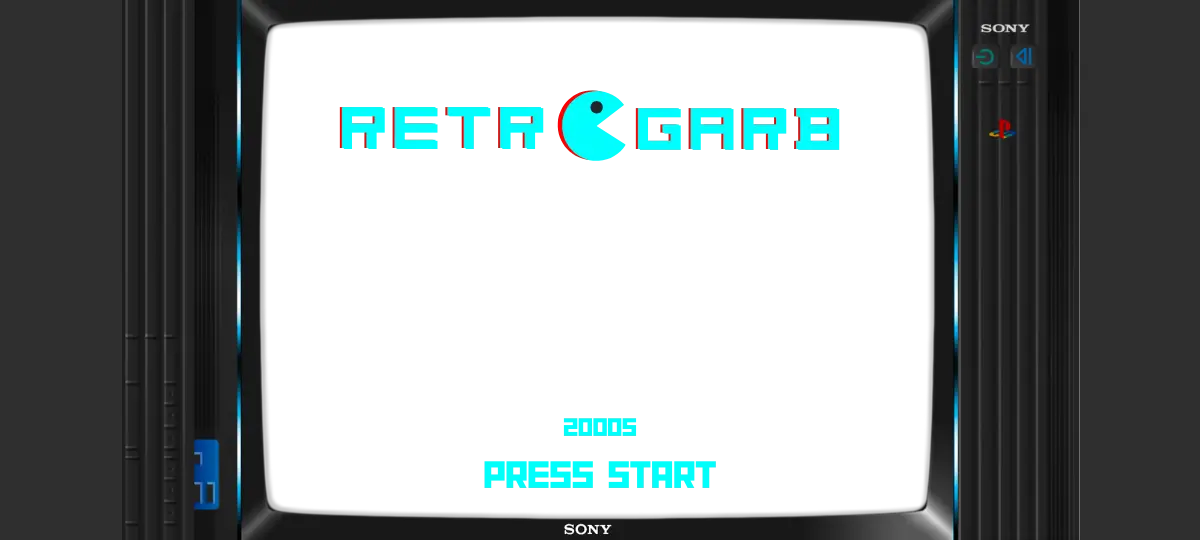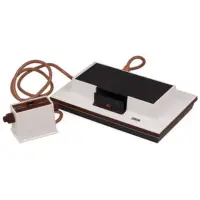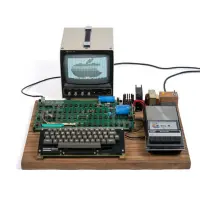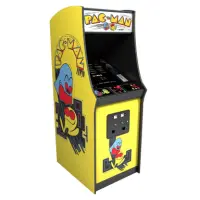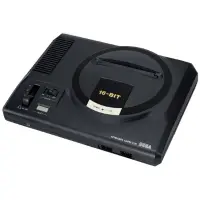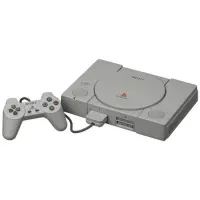
Background Heading
BACKGROUND INFO

Intro
70s
80s
90s
2000s
Intro
Step into the pixelated past with Retrogarb – where nostalgia meets style in the ultimate homage to classic gaming and computing!
Dive into our treasure trove of retro-inspired gear, where every piece is a tribute to the legendary days of arcades, home computers, and iconic consoles. From vibrant, vintage t-shirts and cozy hoodies to unique office accessories, our collection captures the essence of gaming’s golden eras.
At Retrogarb, we don’t just sell merchandise; we offer an experience. Relive the magic, share the stories, and wear the legacy. Whether you’re a die-hard retro enthusiast or looking for that perfect gift for the gamer in your life, step back in time with us.
Visit Retrogarb and let the nostalgia envelop you – because in our world, every day is a throwback to the days when gaming was pure, simple, and utterly unforgettable.
70s
The 1970s heralded the dawn of the video game era, transforming simple electronic games into a burgeoning industry.
This decade was defined by the rise of arcade gaming, which became a social phenomenon.
Atari, one of the most iconic companies of the time, played a pivotal role in shaping this new entertainment form. With the release of “Pong” in 1972, Atari not only popularized arcade gaming but also brought video games into homes with their home console version of the game, sparking the home console market.
Arcades during the ’70s were not just about Atari; companies like Taito with “Space Invaders” and Namco with “Galaxian” added to the arcade’s allure, creating communal spaces where people gathered to compete and socialize. These games were simple yet addictive, relying on basic graphics and sound that captured the imagination of a generation.
Home gaming also began to take shape beyond Pong. Magnavox’s Odyssey, released in 1972, was technically the first home video game console, although its impact was limited compared to Atari’s later successes. The decade also saw the introduction of handheld electronic games, like Mattel’s Auto Race, which brought gaming to a personal, portable level.
Overall, the 1970s laid the groundwork for video games as a popular form of entertainment, with Atari at the forefront, demonstrating that games could be both a profitable business and a cultural phenomenon. The groundwork laid in this decade led to an explosion of creativity and technology in the gaming world in the years that followed.
80s
The 1980s were a landmark decade for gaming, witnessing explosive growth in arcades, the advent of home computers, and the birth of console gaming as we know it.
Arcades were cultural hubs where classics like “Pac-Man,” “Donkey Kong,” and “Double Dragon” became household names, drawing crowds to public spaces.
These games not only entertained but also set the stage for video games as a legitimate form of entertainment.
At home, personal computers like the Commodore 64, Sinclair Spectrum, and Amstrad CPC introduced millions to gaming with titles like “Dizzy” and “Gauntlet.” Later in the decade, the Atari ST and Commodore Amiga upped the ante with superior graphics and sound, offering games such as “Kick Off” and “Shadow of the Beast,” which showcased what home computing could achieve in gaming.
These computers were not just for games; they were also used for programming, music, and more, fostering a culture of creativity and tech-savvy among users.
Meanwhile, the console market was revolutionized with the introduction of the Nintendo Entertainment System (NES) and the Sega Master System. These consoles brought gaming into living rooms with iconic titles like “Super Mario Bros.” and “Alex Kidd,” making gaming accessible to a broader audience and cementing it as a part of mainstream culture. The 80s, therefore, laid the foundational stones for the gaming industry, blending arcade excitement with the convenience of home play, setting the trajectory for gaming’s cultural dominance in decades to come.
90s
The 1990s were a transformative time for gaming, with arcades at their zenith, yet witnessing the rise of home consoles. Arcade games like “Street Fighter II” and “Mortal Kombat” were cultural phenomena, but the home market was rapidly growing, with the Super Nintendo Entertainment System (SNES) and Sega Genesis delivering classics like “Super Mario World” and “Sonic the Hedgehog.”
The advent of 3D graphics with “Super Mario 64” on the Nintendo 64 and “Tomb Raider” on PlayStation redefined gaming experiences, while CD-ROM technology brought richer narratives and visuals to consoles and PCs alike.
While consoles were in the spotlight, arcades remained popular for their social aspect and unique gameplay opportunities. However, towards the end of the decade, personal computers started making significant inroads into gaming. Titles like “Doom” and “Quake” showcased the potential of PCs for immersive gaming, and the introduction of online multiplayer with games like “Ultima Online” hinted at the future of gaming connectivity. The Sega Dreamcast, with its online capabilities, bridged the gap between console and PC gaming, setting trends for the new millennium. The ’90s thus laid the foundation for the modern gaming ecosystem, where consoles, arcades, and PCs each played a crucial role in expanding the reach and complexity of video games.
2000s
The 2000s to 2010 was a pivotal time for console gaming, marked by significant technological advancements and cultural shifts.
Sony’s PlayStation 2 led the charge, offering a vast library that included revolutionary titles like “Grand Theft Auto III” and “Shadow of the Colossus.” Microsoft’s Xbox introduced the world to Xbox Live, revolutionizing online gaming with games like “Halo: Combat Evolved,” while the subsequent Xbox 360 brought achievements and even richer online experiences.
Meanwhile, Nintendo’s GameCube provided unique gameplay with titles like “The Legend of Zelda: The Wind Waker,” but it was the Wii that truly expanded gaming’s demographic with its motion controls, popularized by “Wii Sports.”
This decade also saw the rise of portable gaming with the Nintendo DS and PlayStation Portable (PSP), introducing innovative gameplay mechanics and broadening the gaming audience. High-definition graphics became standard, enabling more intricate game worlds and stories. The era laid the foundation for modern gaming trends, including downloadable content, social gaming, and the mainstream acceptance of video games as a cultural phenomenon. By 2010, consoles were not just gaming machines but multimedia centers, setting the stage for the next generation of interactive entertainment.
WE SELL TEES, HOODIES AND MORE

Background Heading
Atari showed that young people could start big companies. Without that example it would have been harder for Jobs and Bill Gates, and people who came after them, to do what they did.
Nolan Bushnell
memes from the 70s

Background Heading
In the early '80s, the arcade game Pac-Man was twice as popular as oxygen.
Charlie Brooker

memes from the 80s

Video games foster the mindset that allows creativity to grow
Nolan Bushnell

memes from the 90s
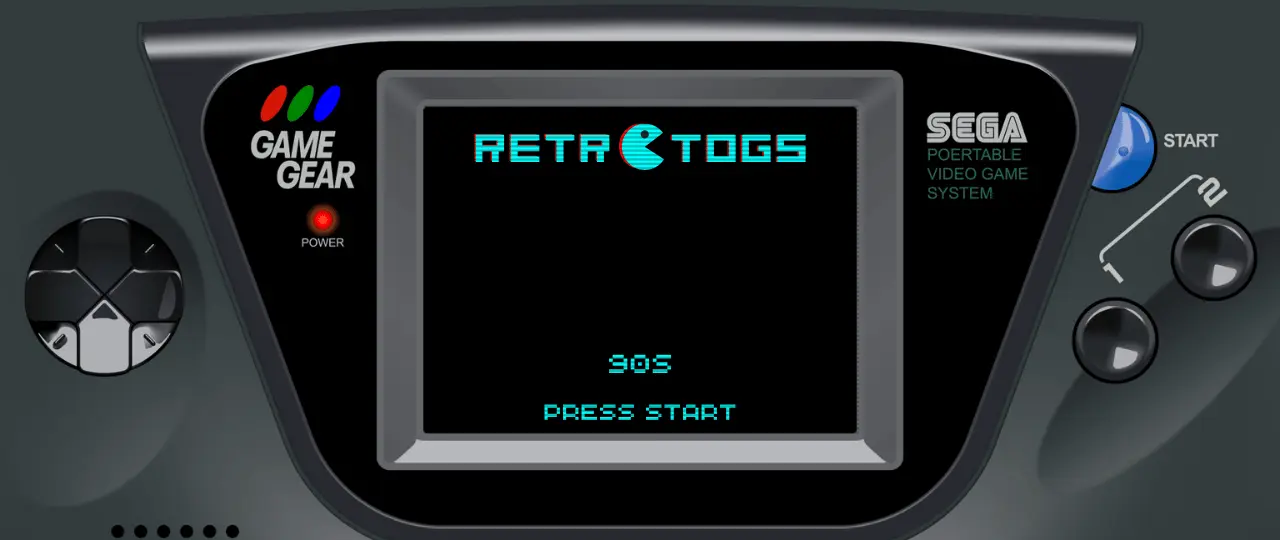
Background Heading
I happen to believe that video games will be the largest sport and entertainment in the world. The reason for that is a video game can be every sport. You can be anybody.
Charlie Brooker

memes from the 2000s
